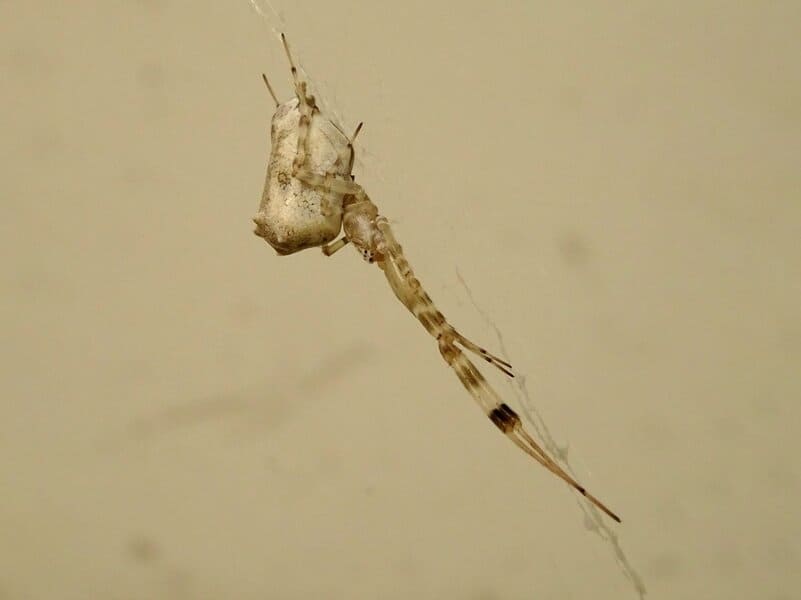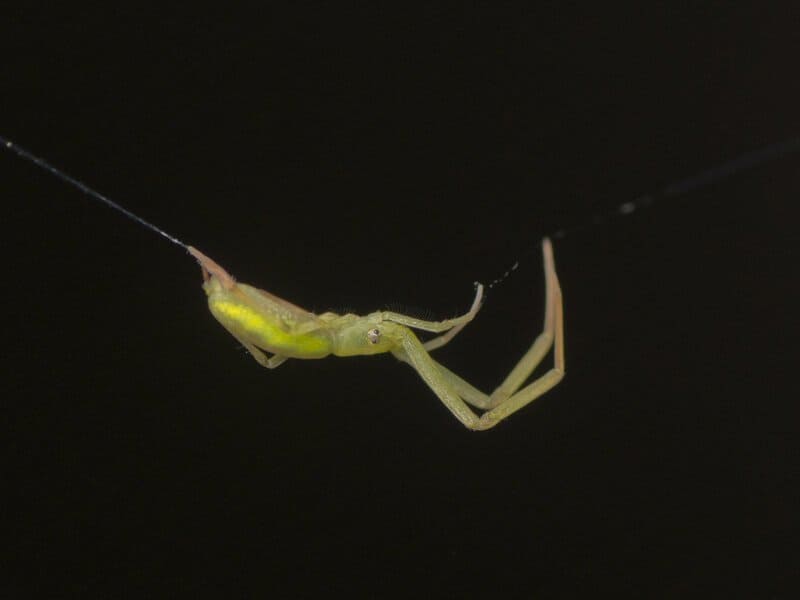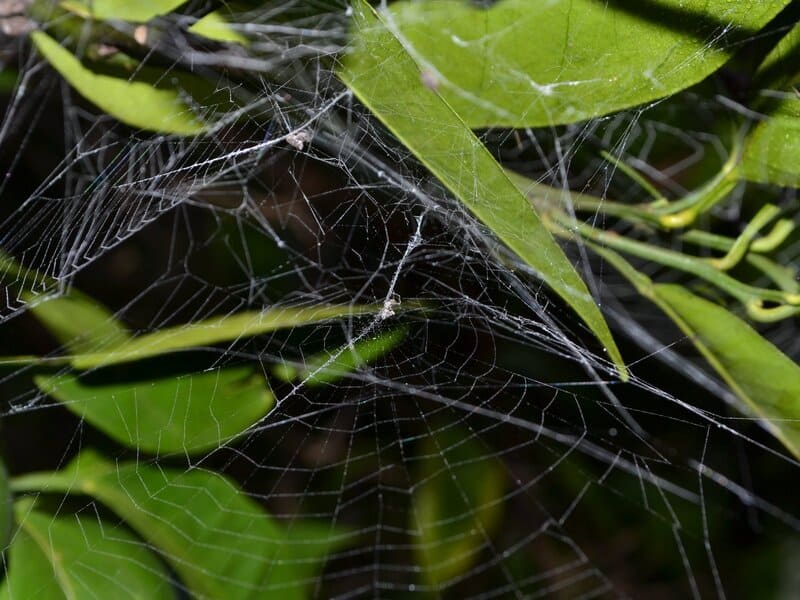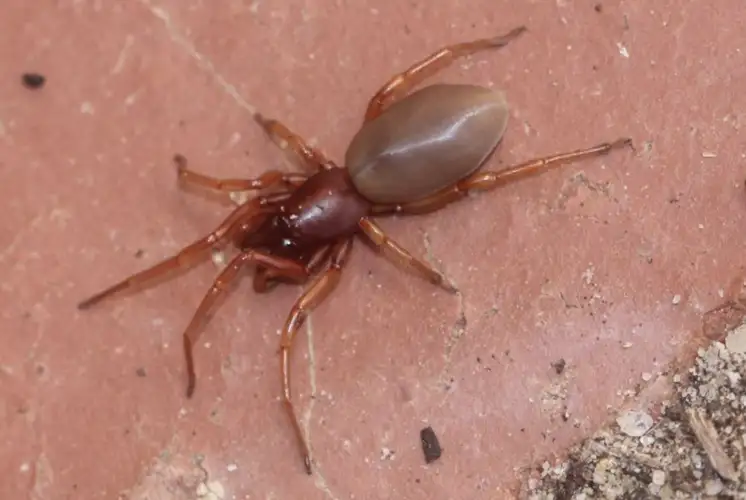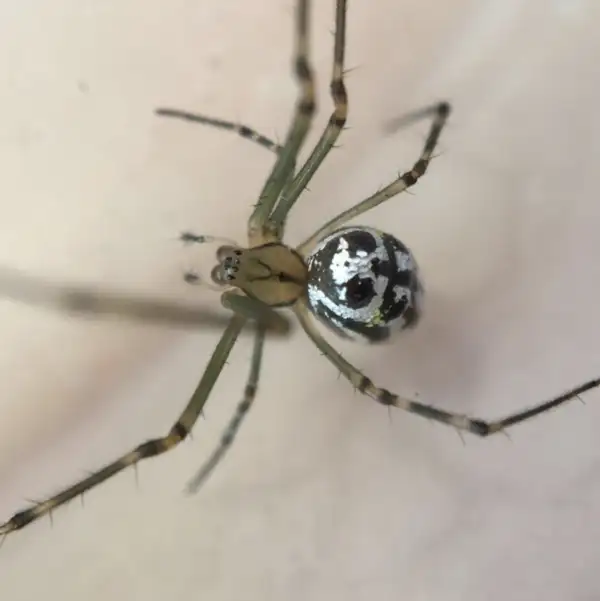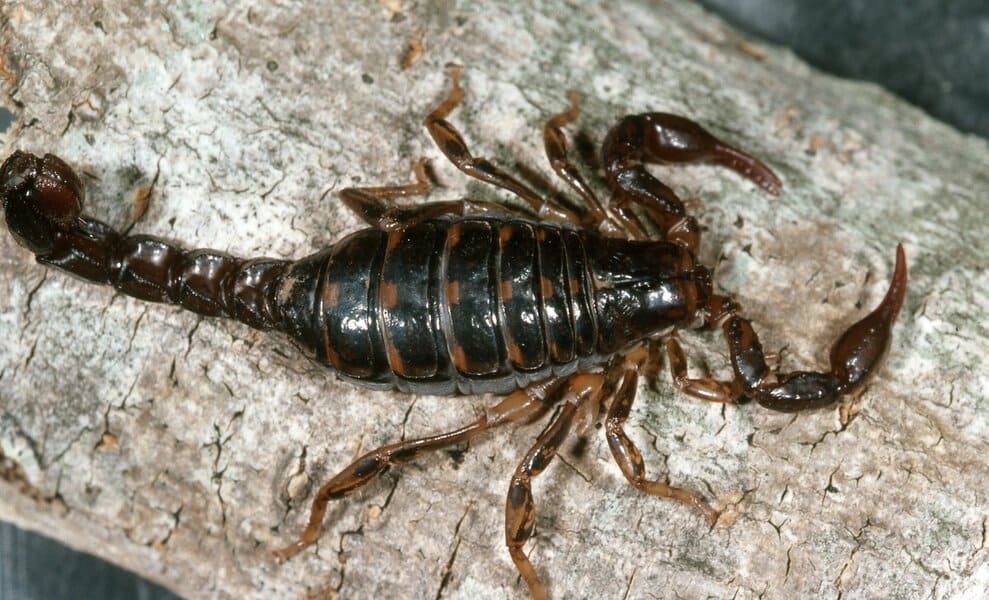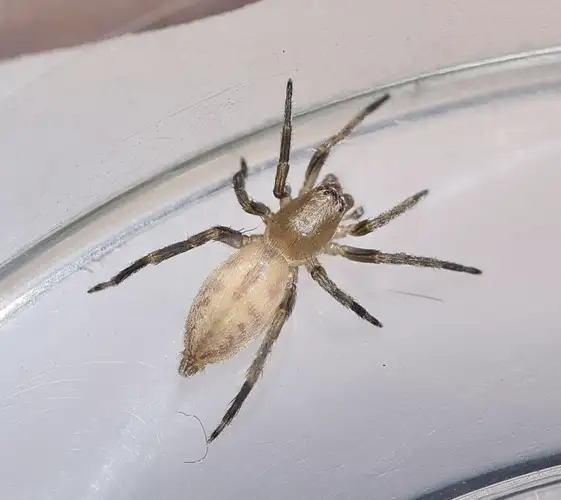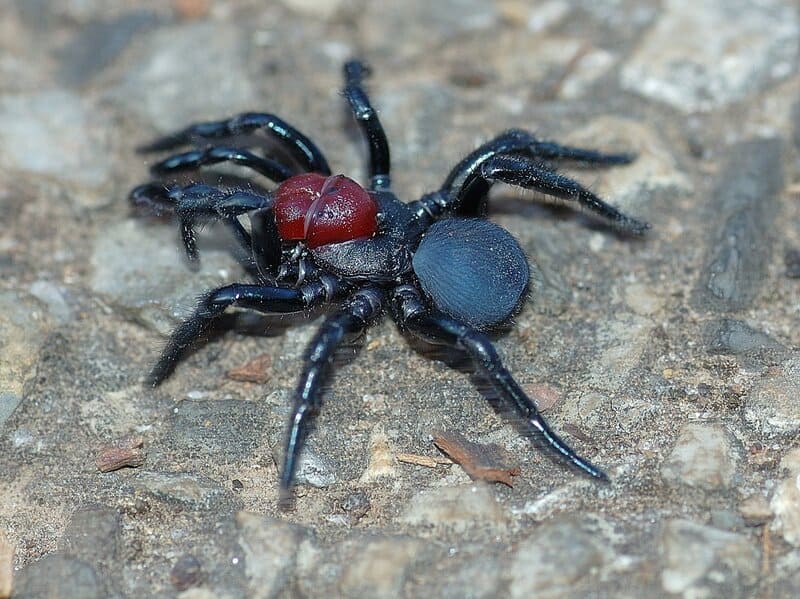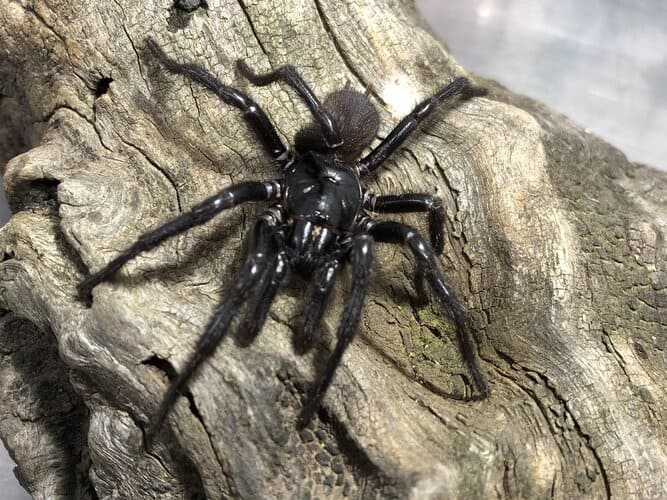Hackled Orb-weavers
IUCN
Not evaluatedBasic Information
Scientific classification
- name:Hackled Orb-weavers
- Scientific Name:Uloboridae (e.g. Uloborus spp.)
- Outline:Arthropoda
- Family:Uloboridae Uloborus
Vital signs
- length:Typically 3–10 mm body length
- Weight:Very light; from a few to several milligrams depending on species
- lifetime:Around 1 year; some species overwinter
Feature
Hackled, woolly capture threads; usually lacking venom glands; small web-building spiders that entangle prey mechanically.
Distribution and Habitat
Shrubs, forest edges, building exteriors and farmland margins in many temperate to tropical regions.
Appearance
Small, slender spiders with relatively long legs; greyish or yellow-brown colours with fine patterns for camouflage.
Details
Hackled orb-weavers are spiders whose capture threads bear a distinctive woolly, “hackled” band of fine fibres. They belong mainly to the family Uloboridae, with well-known genera such as Uloborus and Philoponella. Unlike typical orb-weavers that rely on sticky glue droplets, hackled orb-weavers use these fuzzy threads to entangle prey mechanically.
Basic Biology
Scientific scope: Family Uloboridae – hackled orb-weavers (e.g. Uloborus spp.)
Size: Small to medium spiders, usually about 3–10 mm in body length.
Longevity: Commonly around 1 year, with some species overwintering.
Ecology & Web-building
Hackled orb-weavers build delicate orb-shaped or triangular webs in shrubs, along forest edges, near buildings and among branches. They typically sit at the hub or at the margin of the web, waiting for small flying insects to strike the hackled capture threads. The woolly silk quickly tangles legs and wings, allowing the spider to wrap and feed without relying on gluey silk.
Unique Feature: Spiders Without Venom Glands
Members of Uloboridae are unusual because they lack true venom glands. Instead of injecting venom, they subdue prey by wrapping and digestive processes. This makes hackled orb-weavers biologically interesting and generally harmless to humans.
Venom & Human Relevance
Given the absence of typical venom glands and their small size, hackled orb-weavers are not considered dangerous to people. At most, contact may cause minor mechanical irritation if the spider is disturbed, but medically significant bites are not a concern.
Ecological Role
They feed on small flies, midges and other tiny insects, contributing to natural pest control in gardens, farms and woodland margins. Maintaining shrubs and structural diversity, and limiting insecticide use, helps support hackled orb-weavers and other web-building spiders.
References
Framenau, V.W., Baehr, B.C. and Zborowski, P. (2014), A Guide to the Spiders of Australia. New Holland.
Vink, C. J. & Curtis, K. M. (2020). A redescription of Philoponella congregabilis, an Australian hackled orb weaver spider (Uloboridae) now found in Christchurch, New Zealand. Records of the Canterbury Museum 34: 85-94
FAQ
Q1. Are hackled orb-weavers dangerous to humans?
No. Uloboridae lack typical venom glands and are small, so they are effectively harmless to healthy people.
Q2. Why are they called “hackled” orb-weavers?
The name refers to the woolly, hackled band of fine fibres on their capture threads, which tangles prey instead of using sticky glue.
Q3. How do their webs differ from ordinary orb-weaver webs?
The overall shape can be similar, but the capture threads are dry and woolly rather than covered in glue droplets.
Q4. Should I remove them from my garden?
Usually there is no need; they help reduce small flying insects. If a web blocks a walkway, gently removing the web is enough.

